Introduction
Story
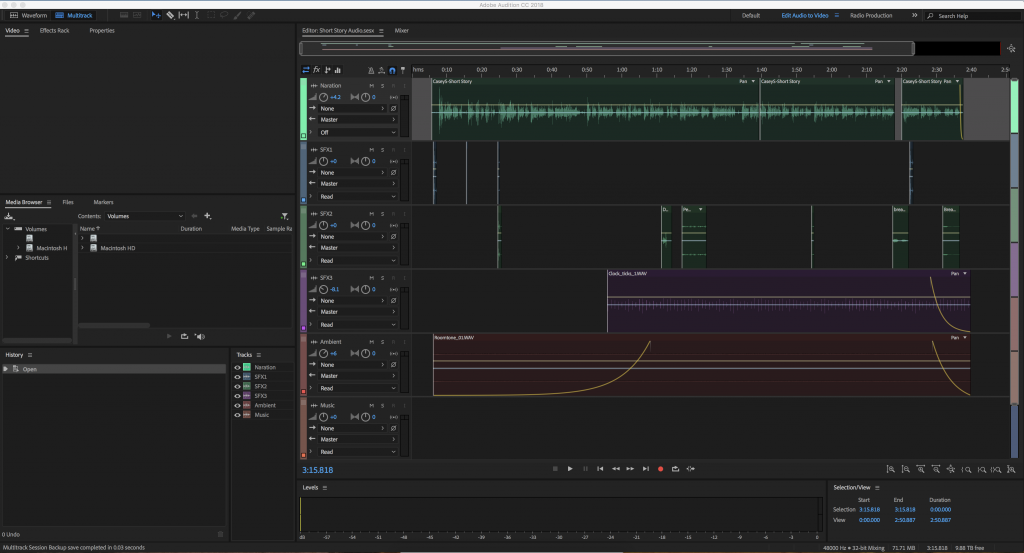
Behind the Scenes
Illustrations
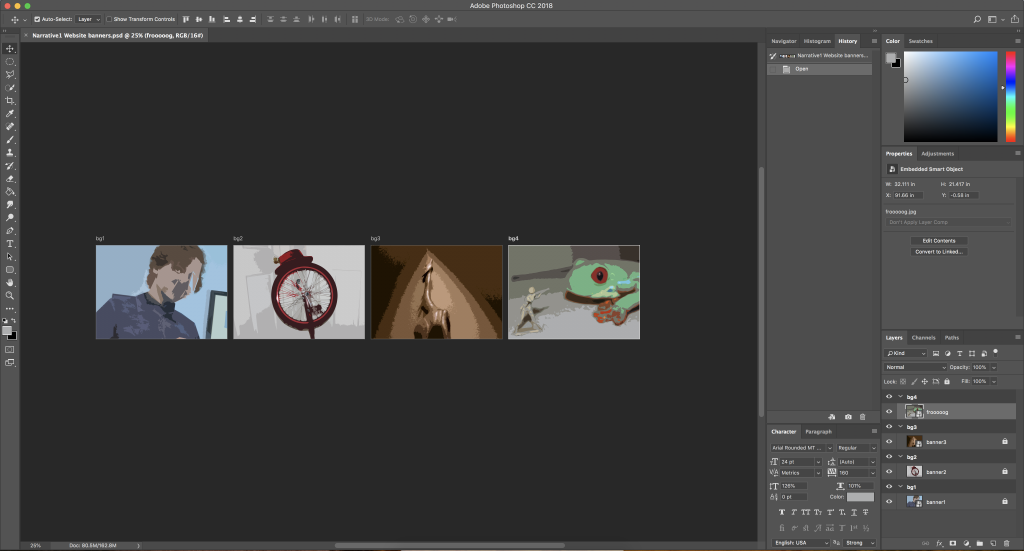 The header for each of these secessions was an illustration done with Adobe Illustrator, While I wanted each one to be unique, I also thought I’d want to stick to the same style throughout, which I did. While creating these I saw myself as a kind of digital Picasso, keeping with the polygonal multi-edged style. The first header was a visual representation of how I thought Thomas viewed himself while his teacher was tearing into him, not knowing the full story and only being able to represent small parts of himself through what he had written. The second I thought symbolized the balancing act that is being an art student, and the dissatisfaction one feels knowing the work they produced is below their potential. The third header was more monochrome, the perspective of an educator unable to connect with a student, high up and unreachable. Finally, the last header was a statement about how conventional teaching is repressive of student creativity, we observe a beautiful colorful creature, full of life and potential, and before t learns from mistakes and knows how things work, we kill it. a student with potential is beautiful, and we should not punish failures, we should ask ourselves what can be done better. Encouraging creativity and fueling the students believe that they can create something amazing.
The header for each of these secessions was an illustration done with Adobe Illustrator, While I wanted each one to be unique, I also thought I’d want to stick to the same style throughout, which I did. While creating these I saw myself as a kind of digital Picasso, keeping with the polygonal multi-edged style. The first header was a visual representation of how I thought Thomas viewed himself while his teacher was tearing into him, not knowing the full story and only being able to represent small parts of himself through what he had written. The second I thought symbolized the balancing act that is being an art student, and the dissatisfaction one feels knowing the work they produced is below their potential. The third header was more monochrome, the perspective of an educator unable to connect with a student, high up and unreachable. Finally, the last header was a statement about how conventional teaching is repressive of student creativity, we observe a beautiful colorful creature, full of life and potential, and before t learns from mistakes and knows how things work, we kill it. a student with potential is beautiful, and we should not punish failures, we should ask ourselves what can be done better. Encouraging creativity and fueling the students believe that they can create something amazing.
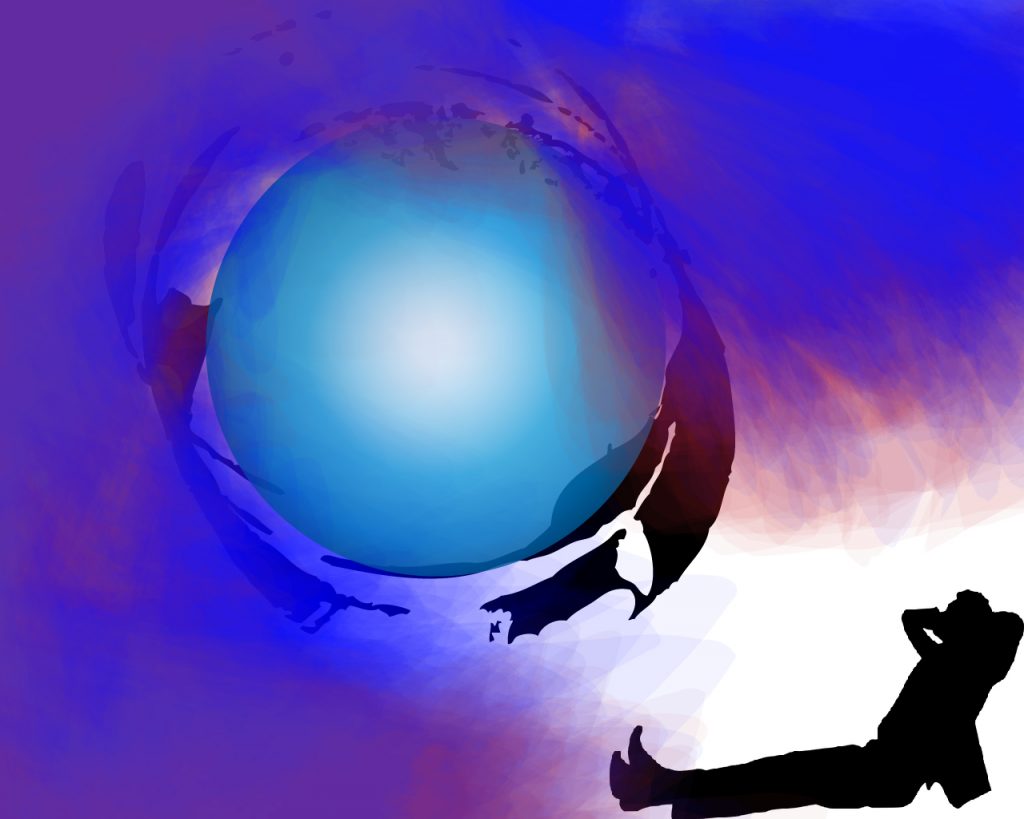
Film Production
ARVE Error: src mismatch
provider: youtube
url: https://www.youtube.com/watch?v=POrwxWns47g&list=WL&index=3&t=0s
src in org: https://www.youtube.com/embed/POrwxWns47g?list=WL
src gen org: https://www.youtube.com/embed/POrwxWns47g?start=0&list=WL
After acquiring the skills necessary to establish that something in a story is happening, we then learn the very important skill of manipulating the emotions of an audience. In this particular project, we focus on how to create suspense through different techniques such as dragging out a dramatic moment or making an audience aware of something our protagonist doesn’t know is about to happen. With a different group of three consisting specifically of people we had never worked with before, we used these techniques to create suspense without the use of any audio.
ARVE Error: Mode: lazyload not available (ARVE Pro not active?), switching to normal modeARVE Error: src mismatch
provider: youtube
url: https://www.youtube.com/watch?v=znj751hRfkU&list=WL&index=2&t=0s
src in org: https://www.youtube.com/embed/znj751hRfkU?list=WL
src gen org: https://www.youtube.com/embed/znj751hRfkU?start=0&list=WL
After finishing this project we dove into the three month long process or creating our Junior Narrative Film. Contrary to popular believe, most of the time it take to produce a film is spent in pre and post production. With a new partner, in groups of two, we set out to storyboard our film, this alone took three weeks to complete.
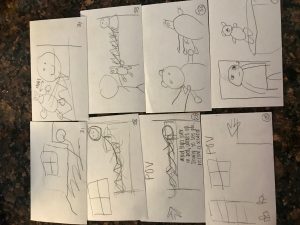
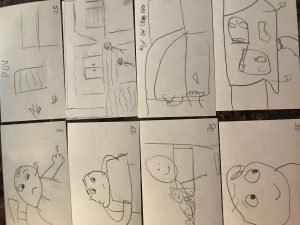
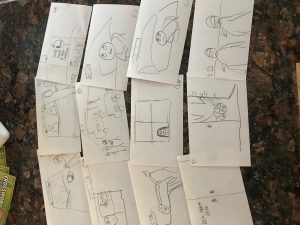
Afterwards, we had to cast actors and set locations, it was about four weeks into production when we actually started filming. after that there was the editing, oh the editing. Turning raw footage into a finished product is hard work. While there was no dialogue between characters we still did have to add sound effects, everything from wind to car doors to ambient room tone, everything you hear in the film was added in post. For a lot of the breathing and fabric sound effects there was nothing specific enough for exactly what I needed so I used a technique called foley. Foley is a method of adding sound where, you would watch the film while recording yourself manipulating different objects to produce sound effects in real time. After the entire editing process we came our with a film I’m quite proud of, But we weren’t done yet. The last step to finishing the project was creating a trailer for our film, using everything we had learned so far when produced a forty second trailer that would captivate the audience and create excitement and suspense, as well as establishing what the story was without giving the plot away to the audience. So before you watch the film I explore you to complete the experience by first watching the trailer.
ARVE Error: Mode: lazyload not available (ARVE Pro not active?), switching to normal modeAfter months of planning, editing, and just plain hard work in general, it was finally finished. Jordan and I had written a story without words. Making a dialogue-free film is not easy, but it’s rewarding to know that I am fully able to communicate with an audience without saying a word. Here it is, my narrative film, Callow.
ARVE Error: Mode: lazyload not available (ARVE Pro not active?), switching to normal mode